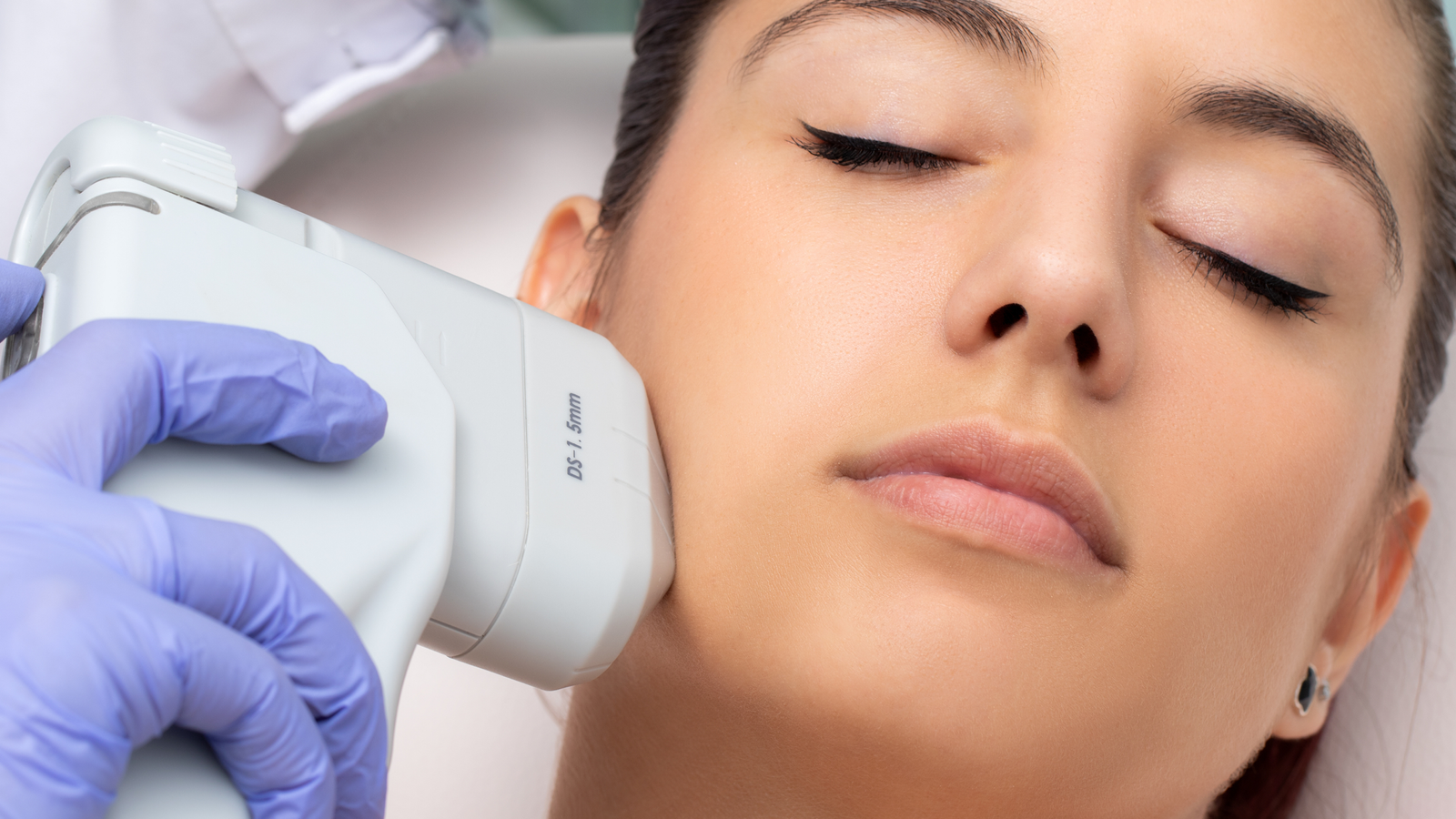High-intensity focused ultrasound (HIFU) has become a groundbreaking innovation in non-surgical facial rejuvenation. As more people seek effective anti-aging treatments that avoid invasive procedures, HIFU facials have garnered considerable attention for their skin-tightening and lifting effects. However, one common question remains: Do HIFU facials work on all skin types? The answer depends on several factors, including skin structure, elasticity, and the underlying condition of the skin. Before diving deeper, it’s worth noting that Hifu Treatment in Dubai is increasingly popular among individuals looking for non-invasive solutions to achieve firmer and younger-looking skin.
Understanding HIFU Facials
HIFU, or High-Intensity Focused Ultrasound, is a cosmetic treatment that targets the deeper layers of the skin using ultrasound energy. This energy stimulates the natural production of collagen — the protein responsible for keeping the skin firm and youthful. Over time, the skin becomes tighter, smoother, and more lifted. Unlike lasers or chemical-based treatments that work on the surface, HIFU works beneath the skin’s surface, providing natural rejuvenation without damaging the outer layer. This is why it has become a preferred option for people looking for non-surgical facial tightening and lifting treatments.
How HIFU Interacts with Different Skin Types
The effectiveness of HIFU facials can vary slightly based on one’s skin type. While the technology is generally suitable for most individuals, there are nuances worth understanding for each category.
| Skin Type | Description | Response to HIFU | Considerations |
|---|---|---|---|
| Normal Skin | Balanced skin with minimal sensitivity and even texture. | Excellent results; collagen stimulation shows noticeable firmness. | Minimal side effects; usually no post-treatment redness. |
| Oily Skin | Skin with excessive sebum production and enlarged pores. | Responds well to HIFU; improves skin texture and minimizes pore appearance. | Temporary oiliness may occur post-treatment. |
| Dry Skin | Lacks moisture and elasticity. | Effective but may require pre-treatment hydration for optimal results. | Slight redness may occur; ensure proper moisturization afterward. |
| Combination Skin | Oily in some areas (like the T-zone) and dry in others. | Balanced results; noticeable improvement in overall skin tone. | May require customized intensity settings. |
| Sensitive Skin | Prone to redness, irritation, or inflammation. | Can benefit from HIFU if done with gentle energy levels. | Requires professional evaluation before treatment. |
| Mature Skin | Reduced collagen and elasticity, with fine lines and sagging. | Excellent for tightening and lifting sagging areas. | Results may take longer to appear due to decreased collagen reserves. |
Who Benefits the Most from HIFU?
While HIFU is suitable for a wide range of people, certain groups see the most visible benefits:
- Individuals in their 30s and above are experiencing early signs of skin laxity.
- People seeking non-invasive rejuvenation without downtime.
- Those with mild to moderate sagging who want to enhance facial definition.
- Individuals with uneven skin texture or fine lines are looking for a smoother appearance.
How to Prepare for HIFU if You Have a Unique Skin Type
Preparing the skin before undergoing HIFU can enhance comfort and results. Here are some general tips based on skin type:
| Skin Type | Preparation Tip |
|---|---|
| Normal | Keep skin clean and hydrated prior to treatment. |
| Oily | Avoid applying heavy creams or oils before your session. |
| Dry | Apply a gentle moisturizer in the days leading up to your appointment. |
| Sensitive | Avoid harsh exfoliants or retinol products for a few days prior. |
| Mature | Maintain a consistent skincare routine to support collagen production. |
Comparing HIFU to Other Rejuvenation Treatments
HIFU stands out from other facial rejuvenation options due to its combination of precision, safety, and non-invasive nature.
| Feature | HIFU Facial | Laser Treatments | Microneedling |
|---|---|---|---|
| Invasiveness | Non-invasive | Minimally invasive | Minimally invasive |
| Target Depth | Deep tissue layers | Surface and mid-layers | Surface-level |
| Recovery Time | None | Moderate | Mild redness for 1–2 days |
| Skin Tone Compatibility | All skin types | May vary | Suitable for most |
| Primary Benefit | Tightening and lifting | Brightening and resurfacing | Texture improvement |
FAQ’s
Can darker skin tones safely undergo HIFU treatment?
Yes. HIFU is completely safe for darker complexions since it doesn’t target skin pigment or cause post-treatment discoloration.
How long do HIFU results last?
Results typically last several months, depending on skin condition and lifestyle.
Is there any downtime after a HIFU facial?
No. You can return to your normal activities immediately after the procedure.
Does HIFU cause pain or discomfort?
Most patients experience only mild warmth or tingling during treatment, which subsides quickly.
Can HIFU help with acne scars or uneven texture?
Yes. By stimulating collagen and tightening tissue, HIFU can improve overall skin texture and reduce mild scarring.
Conclusion
HIFU facials are highly effective for tightening and rejuvenating the skin, and the best part is that they work well across nearly all skin types. Whether you have normal, oily, dry, or sensitive skin, HIFU can deliver noticeable lifting and firming results without the risks associated with invasive treatments. At Dynamic Life Clinics, clients experience HIFU treatments tailored to their unique skin needs, ensuring optimal comfort and visible, long-lasting results that redefine facial youthfulness naturally.


